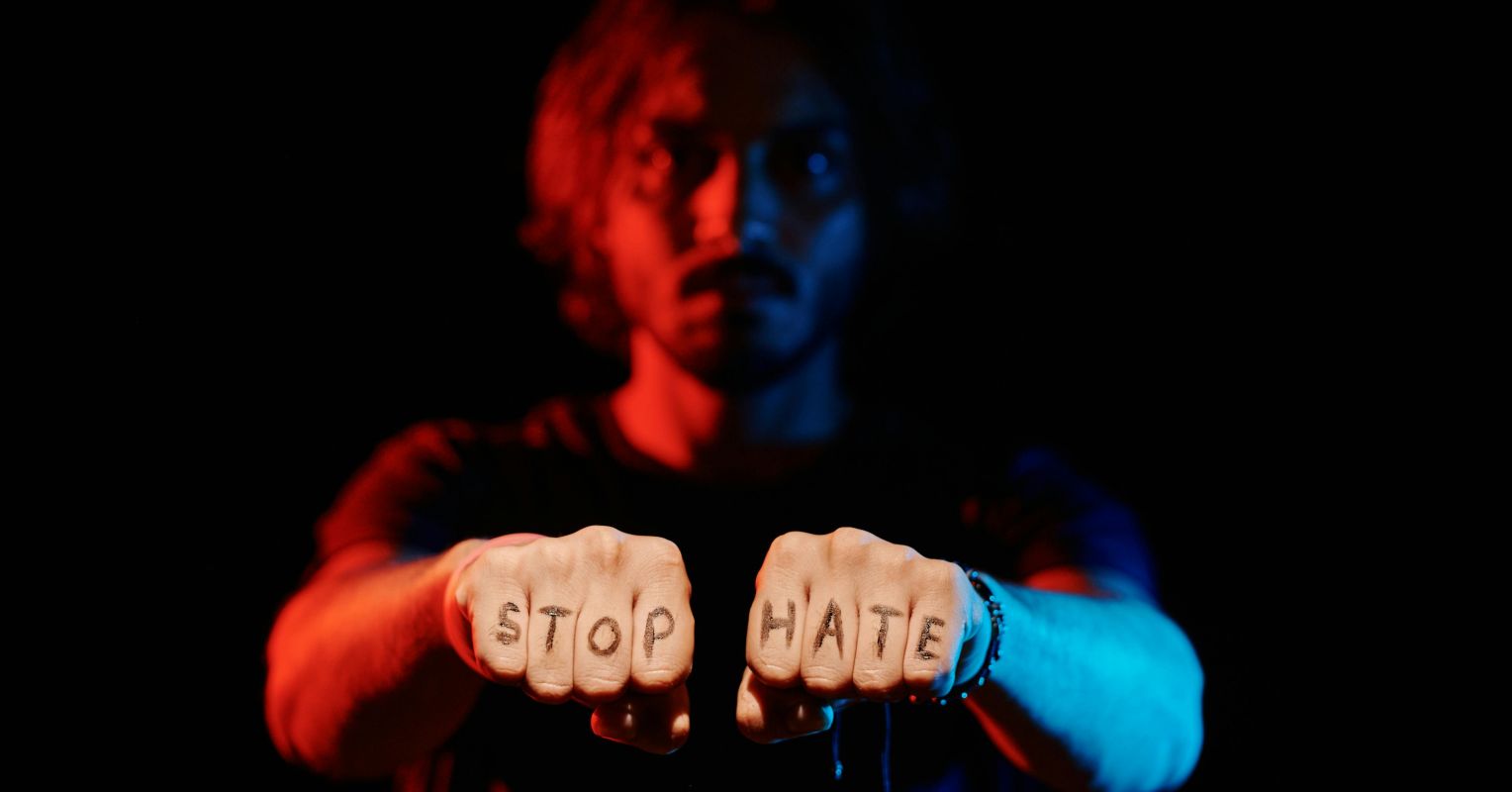
"Hate is a way of externalizing vulnerability by blaming it on others. The vast contagion of hate congeals into prejudice and rigid ideology."
"Emotional catalysts of hate include fear, insecurity, shame, resentment, emotional isolation, and perceived injustice. Untreated, hate tends to worsen due to its characteristic projection and high emotional reactivity."
"When hate is in our hearts, we project it onto other people, and they typically react in kind. Haters take on the negative emotions of others on top of their own."
"Hate spreads like a virus, amplified by traditional, internet, and social media, congealing into prejudice and inflexible ideology, leading to the desensitization to cruelty."
Hate serves as a mechanism to externalize vulnerabilities such as fear, insecurity, and perceived injustice by projecting these feelings onto others. Emotional catalysts of hate can worsen when left untreated, leading to increased emotional reactivity and a cycle of negativity. Hate acts like a virus, spreading readily through media and social interactions. Groups often form around shared beliefs, where intolerance of disagreement can fuel hate further. This desensitization causes individuals to view those they disagree with as inherently hateful, perpetuating a cycle of hostility and prejudice.
Read at Psychology Today
Unable to calculate read time
Collection
[
|
...
]